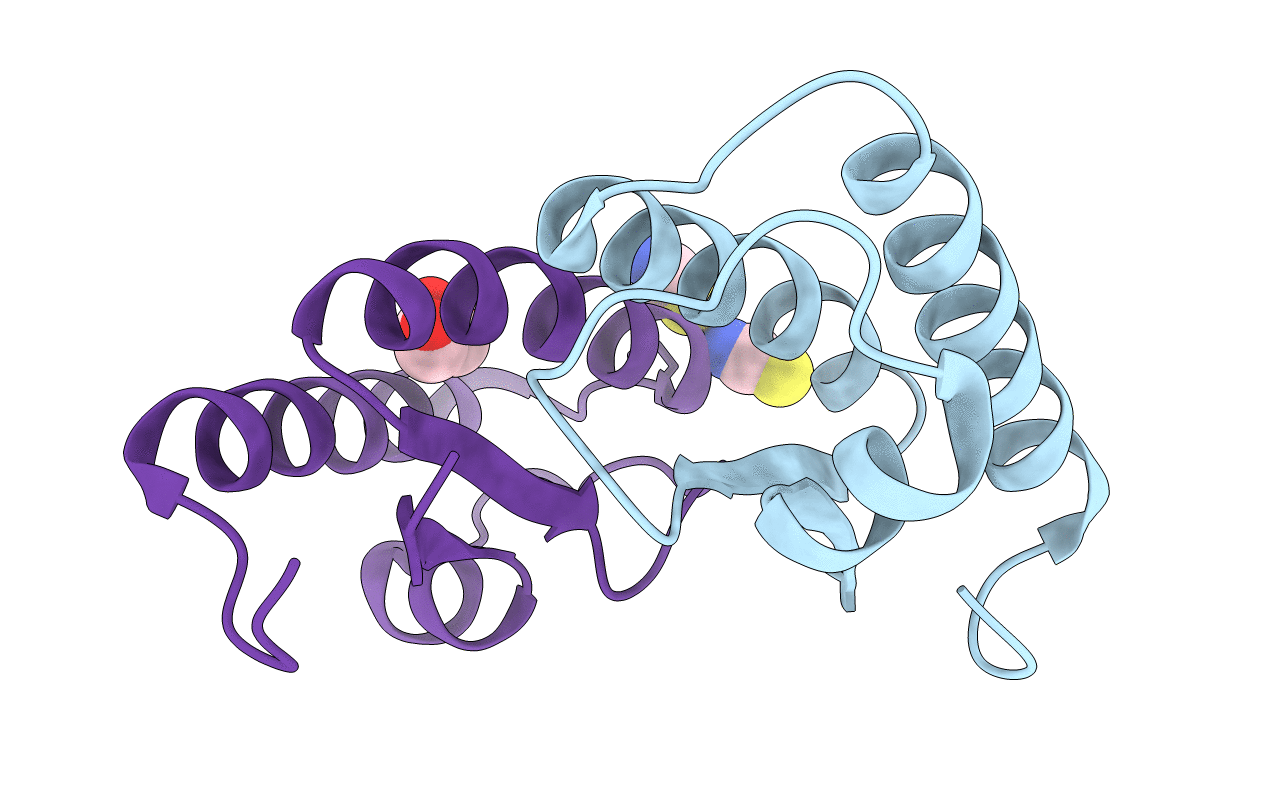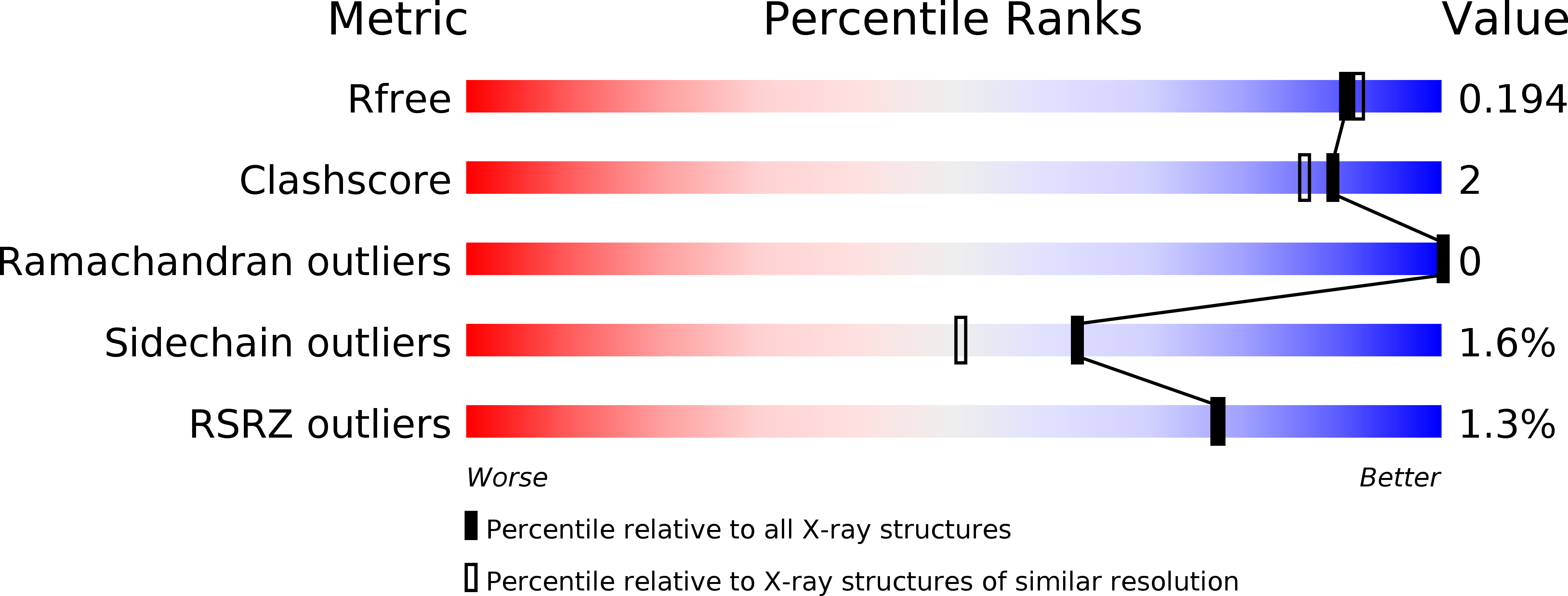
Deposition Date
2011-03-04
Release Date
2012-03-07
Last Version Date
2024-11-20
Entry Detail
PDB ID:
3QZ0
Keywords:
Title:
Structure of Treponema denticola Factor H Binding protein (FhbB), selenomethionine derivative
Biological Source:
Source Organism:
Treponema denticola (Taxon ID: 158)
Host Organism:
Method Details:
Experimental Method:
Resolution:
1.77 Å
R-Value Free:
0.20
R-Value Work:
0.18
R-Value Observed:
0.19
Space Group:
P 43 21 2


